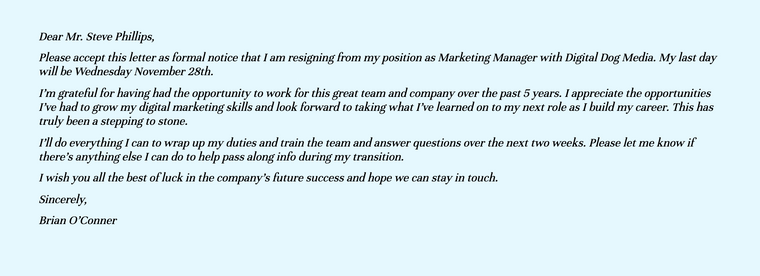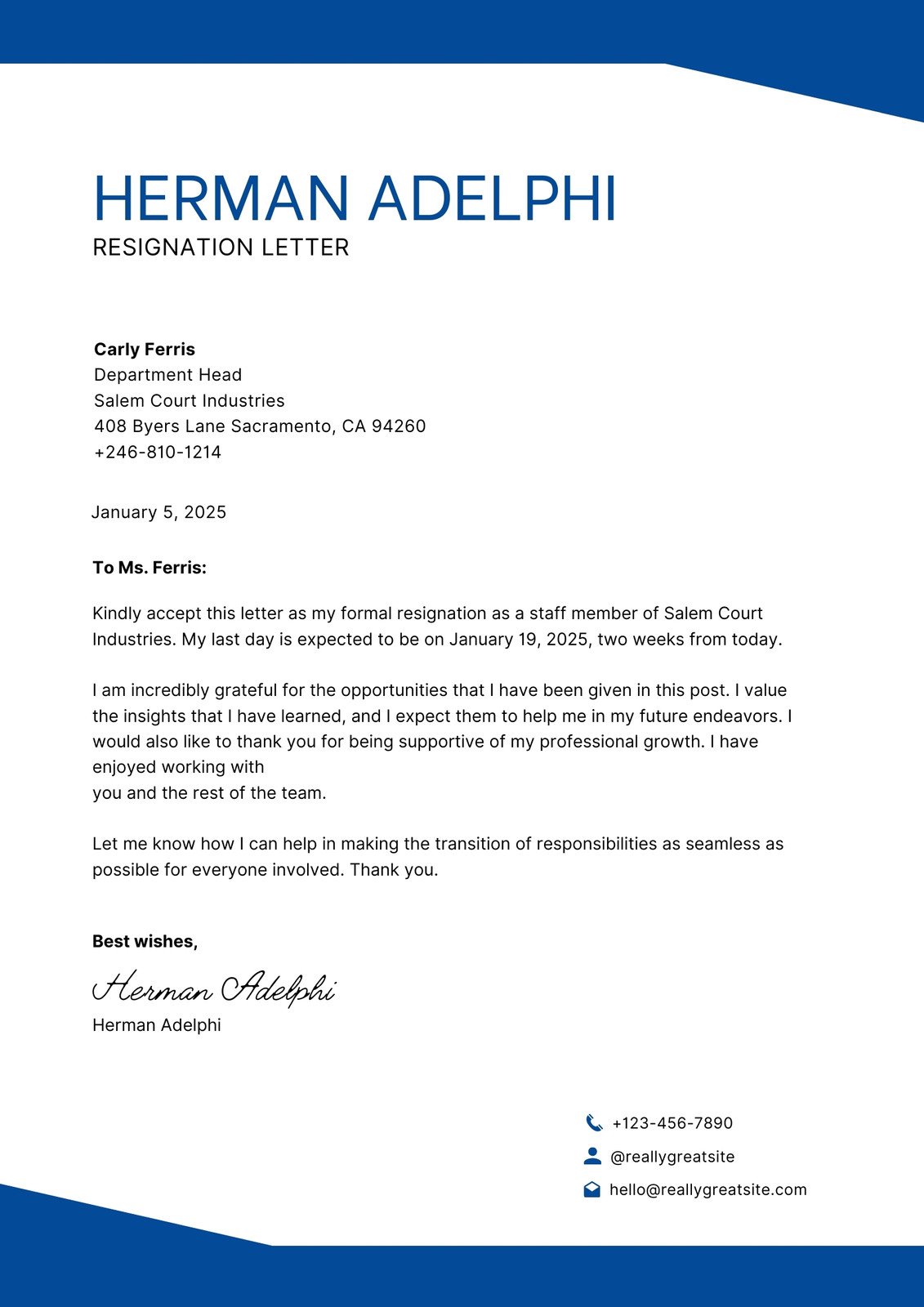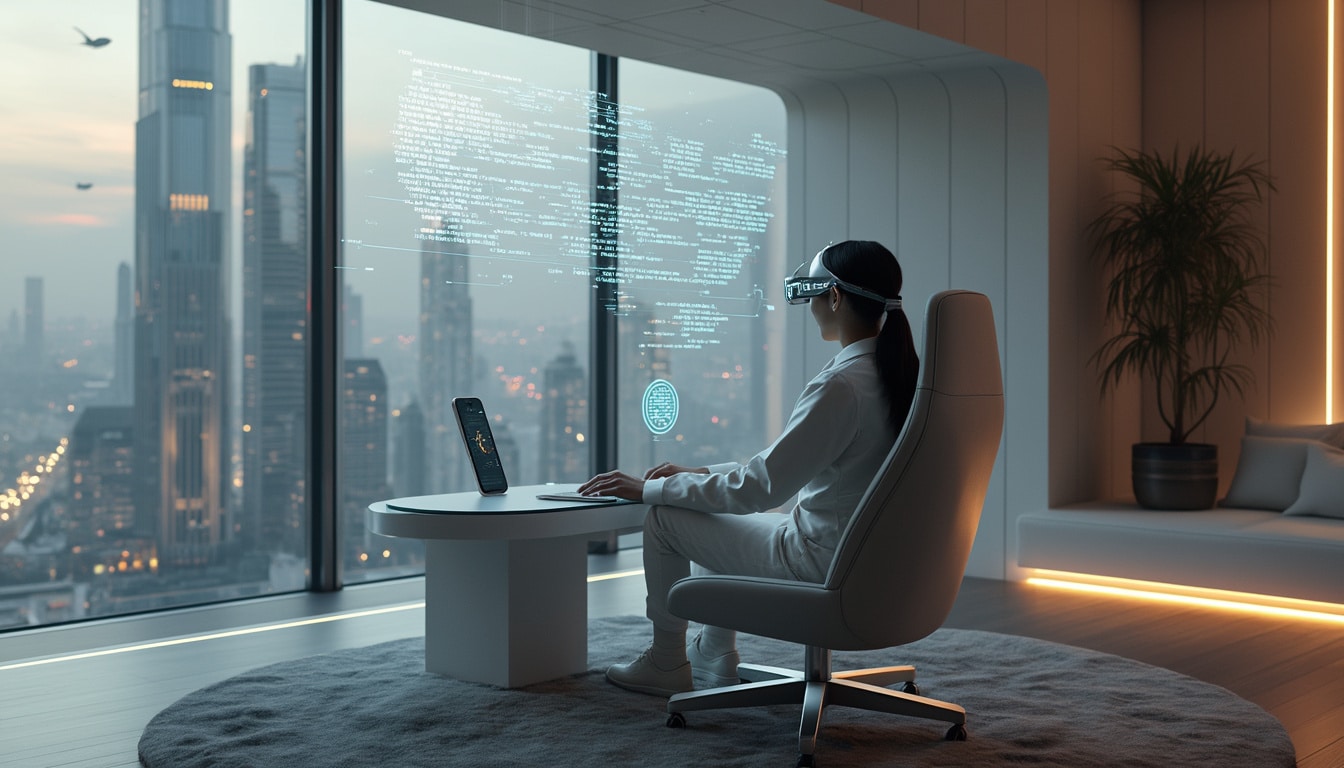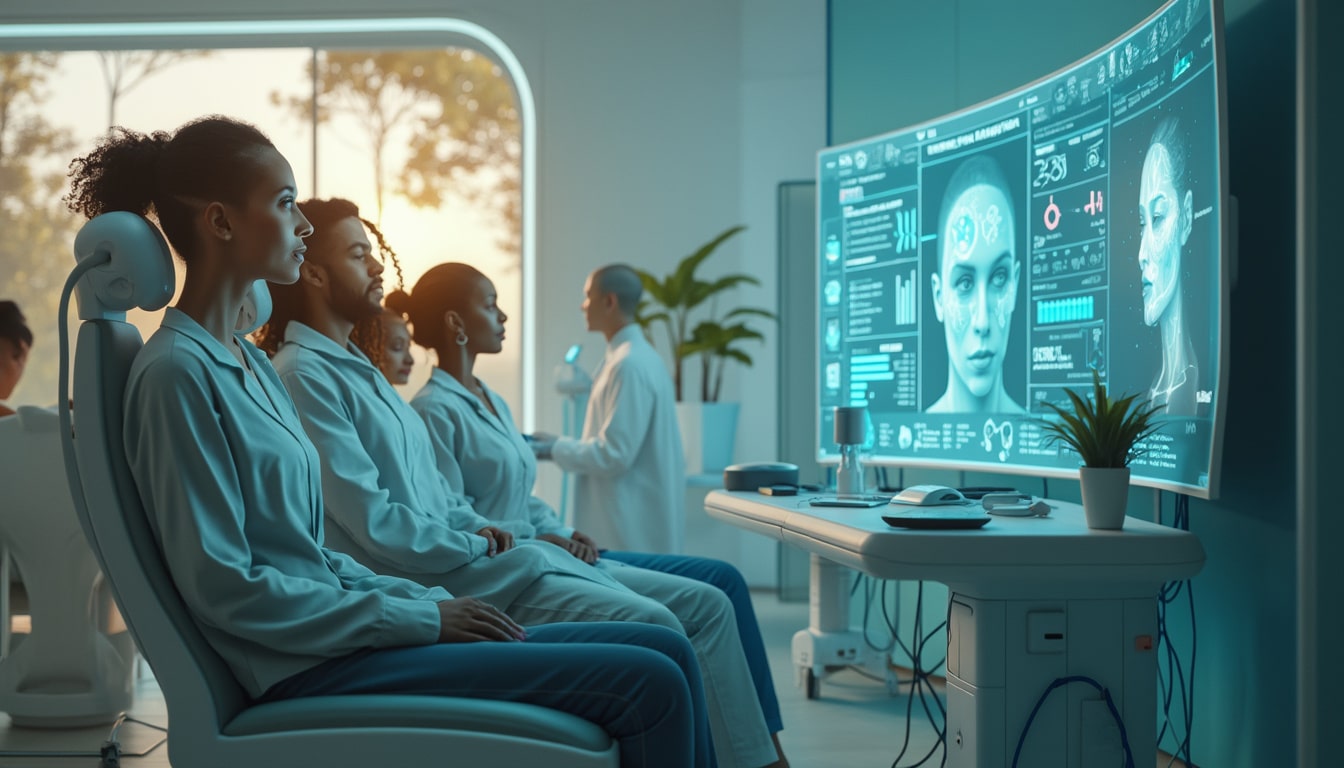The recent resignation of three high-ranking executives at OpenAI has sent shockwaves through the tech community, raising eyebrows and igniting discussions about the future of artificial intelligence. With Mira Murati, the Chief Technology Officer, stepping down alongside other top leaders, questions abound: Did they foresee a dystopian future for AI that prompted their exits? As concerns over corporate direction and ethical implications mount, the shakeup at OpenAI leaves many pondering what lies ahead in the ever-evolving landscape of AI technology.

In a stunning turn of events that has left the tech world abuzz, three top executives from OpenAI, including the Chief Technology Officer Mira Murati, have announced their resignations. Their departures come amidst growing tensions within the organization, sparking discussions about the implications for artificial intelligence development. This article will delve into the reasons behind their exits and whether they reflect concerns about a potentially dystopian future for AI.
Table of contents
ToggleThe Unraveling Leadership at OpenAI
The recent shakeup at OpenAI has sent shockwaves through Silicon Valley. With Mira Murati choosing to step away from her role, the company also sees the departure of co-founder and chief scientist Ilya Sutskever, alongside another veteran executive Jan Leike. Their exit raises essential questions about the direction of OpenAI, especially since Greg Brockman, the president, has been on an extended leave. This pattern of resignations has not just resulted in an executive exodus but reflects deeper underlying tensions within the organization.
The Quest for Authentic Exploration
In her statement, Mira Murati cited a desire for « time and space to do my own exploration. » This desire for autonomy hints at a search for authenticity and a quest for innovative freedom. There’s a prevailing sense among these leaders that the current path OpenAI is traversing may be climbing towards more profit-driven motives rather than maintaining its initial mission of ethical AI advancement. Could this pursuit of profit be steering the organization towards a dystopian future, or do these executives simply want to forge a more exciting route elsewhere?
The Rising Controversy and Employee Sentiments
The controversy surrounding OpenAI stretches beyond the exits of key figures. Employees have expressed their dissatisfaction, with whispers about mass resignations if the board doesn’t make necessary changes. This climate of discontent indicates that many within the organization share reservations about the future trajectory. The perception of OpenAI pivoting towards a profit-first mindset rather than a mission of safety and ethics in AI development could be a significant factor in driving talented individuals away.
Concerns Over AI Safety and Ethics
The departures of these leaders trigger a cascade of questions about AI safety and ethics. The announcements hint at a potentially fractured vision for what the future of artificial intelligence should look like. With tensions brewing between those who prioritize profit and those who champion responsible AI use, one cannot help but wonder whether the organization is losing its moral compass. Would the original vision of OpenAI, centered around creating beneficial AI for humanity, be sacrificed on the altar of corporate ambition?
A Fractured Vision or New Beginnings?
The resignations of top executives like Mira Murati signify more than just a shift in personnel; they represent a potential reorientation in the AI landscape. As some leaders exit, new opportunities may arise for different thought leaders to step in. However, the overarching question remains: Will the future path of OpenAI prioritize ethical considerations and human benefit, or will it tilt towards a dystopian reality driven by competitive stakes? The tech community watches closely, wondering what the falling dominoes signify for the future of AI as the dialogue and decisions unfold.

resignation letter to be drafted pls https://t.co/gE0srRcmU4
— shannon ☼ (@rmjfletcher) September 25, 2024














